The question is a bit old, but it is fun to answer. Let me make a visual explanation.
- Imagine we have a glossy reflective long table with a light at one extreme and the camera on the other side.
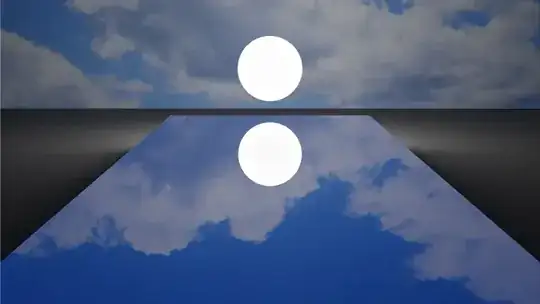
- Here is a lateral diagram. I drawed a red line conecting the camera and the light. Imagine it is a rope. A "Line of sight rope".
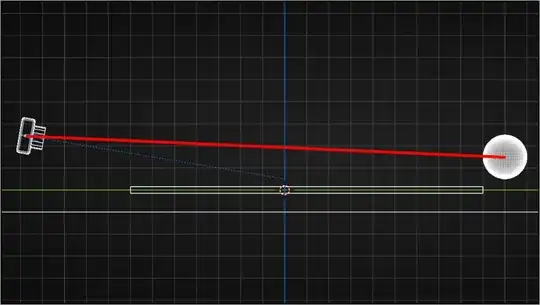
- But to really see what is happening let me convert my table into 3 colums of individual square tiles.
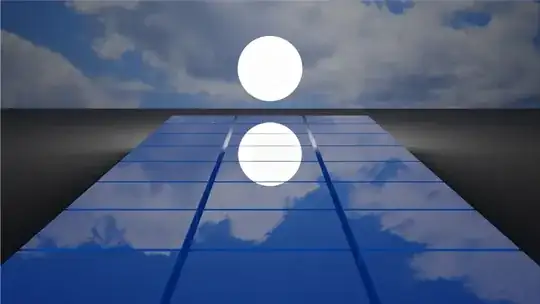
- We can see that we need to rotate in a very high angle the tiles that are on the sides of the "rope" to see the reflection of the light...
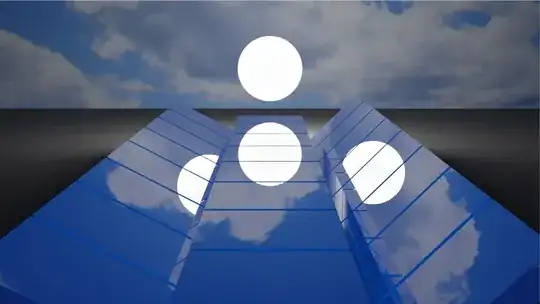
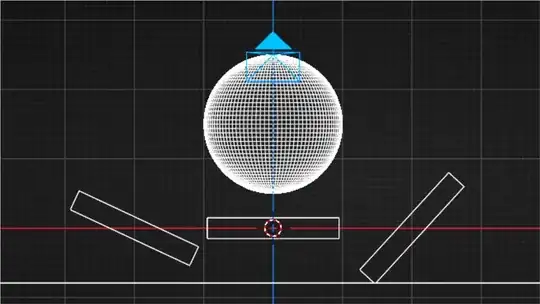
- But we can see the reflection on the tiles directly below the rope with very tiny rotations.

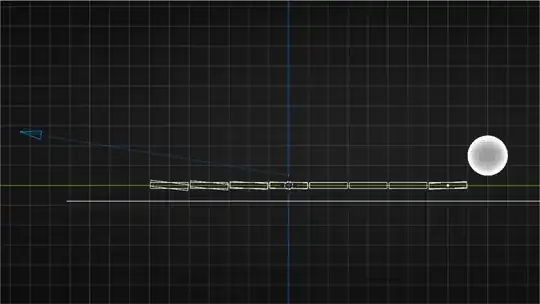
These angles explain why the "path" of light is formed in the first place.
The question has some parts that are more specific.
I know that it can happen even in wave less sea or lake!... I expected that the sea should act like a mirror!
There is no wave-less sea. It is so big that even tiny waves are always present.
So you will not find a mirror-like reflection in the sea.
A lake on the contrary can be waveless if it is isolated enough and there is no wind for some time. You can find some photos of perfect reflections online.
Why is this path so continuous?
How "continuous" is the path depends on several factors.
I will separate this into two characteristics.
A. The longitude.
The reason is that with these low angles, close to the reflective surface, the water or the table, the reflection occupies more and more "tiles", because they appear narrower and narrower, and smaller and smaller waves will produce the correct angles necessary to form the reflection.
In this image, I lowered more the camera and the sun, and now, they reflect on all the tiles even without any rotation.

B. The Uniformity.
This depends on the uniformity of the waves. Sometimes we see not a continuous line, but a discontinuous one.
Remember that we can have waves over waves. Tiny ones over bigger ones.

When we think of a calm sea, what we do not have are the big waves, but we do have the tiny ones.












